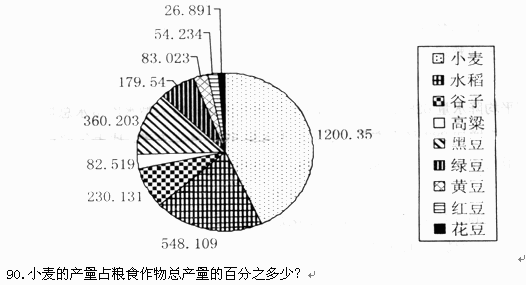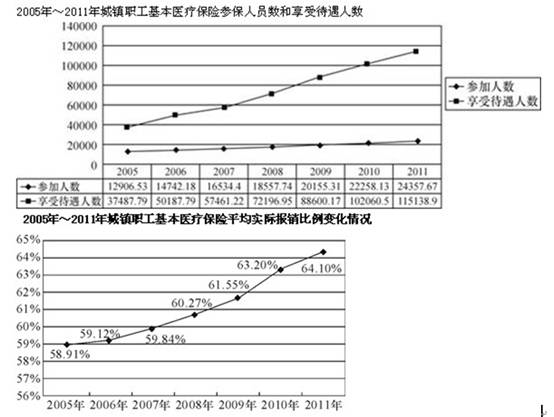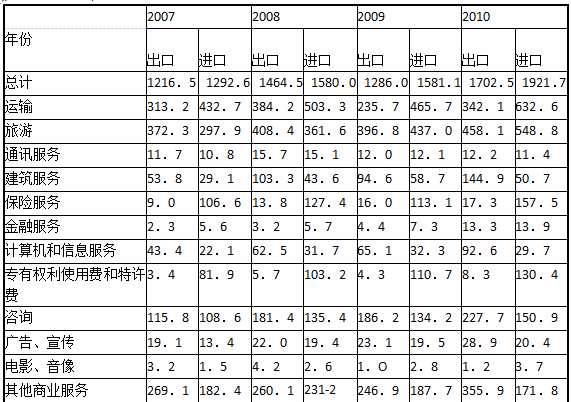en competitors like wolves--spurred on human tool-making and language, which have both driven humanitys success, Pat Shipman says, paleoanthropologist of Penn State University. "Wherever you go in the world, whatever ecosystem (生态系统), whatever culture, people live with animals," Shipman said. For early humans, taking in and caring for animals would seem like a poor strategy for survival. "On the face of it, you are wasting your resources. So this is a very weird behavior," Shipman said. But its not so weird in the context something else humans were doing about 2.6 million years ago: switching from a mostly vegetarian diet to one rich in meat. This happened because humans invented stone hunting tools that enabled them to compete with other top predators. Quite a rapid and bizarre switch for any animal. So we invented the equipment, learned how to track and kill, and eventually took in animals who also knew how to hunt--like wolves and other canines. Others, like goats, cows and horses, provided milk, hair and, finally, hides and meat. Managing all of these animals--or just tracking them--requires technology, knowledge and ways to preserve and convey information. So languages had to develop and evolve to meet the challenges. Tracking game has even been argued to be the origin of scientific inquiry, said Peter Richerson, professor emeritus (名誉退休的) in the Department of Environmental Science and Policy at the University of California, Davis. One of the signs that this happened is in petroglyphs (史前岩画) and other rock art left by ancient peoples. At first they were abstract, geometric patterns that are impossible to decipher (破译). Then they converge on one subject: animals. There have also been genetic changes in both humans and our animals. For the animals those changes developed because human bred them for specific traits, like a cow that gives more mill or a hen that lays more eggs. But this evolutionary influence works both ways. Dogs, for instance, might have been selectively taken in by humans who shared genes for more compassion, Those humans then prospered with the dogs help in hunting and securing their homes. What do we learn from the first paragraph about animals?
A.Animals have driven humanitys success.
B.Tool-making and language are uniquely human habits.
C.Employing wolves is uniquely human habit.
D.People live with animals everywhere.
 题目内容
(请给出正确答案)
题目内容
(请给出正确答案)
 如果结果不匹配,请 联系老师 获取答案
如果结果不匹配,请 联系老师 获取答案


 更多“根据下列短文,回答下列各题。 The unique huma…”相关的问题
更多“根据下列短文,回答下列各题。 The unique huma…”相关的问题

 2005到2011年,城镇职工基本医疗保险平均实际报销比例同比增长最快的是:
2005到2011年,城镇职工基本医疗保险平均实际报销比例同比增长最快的是:

















